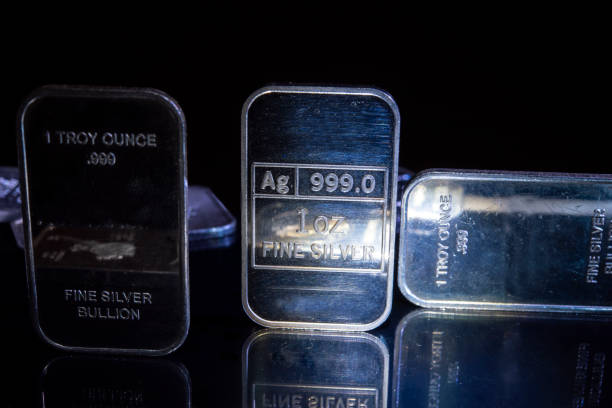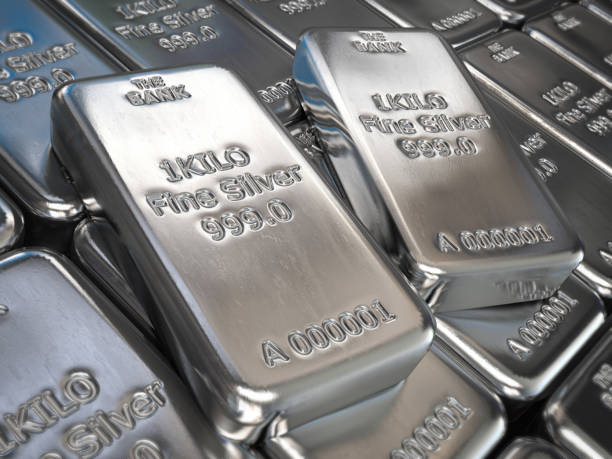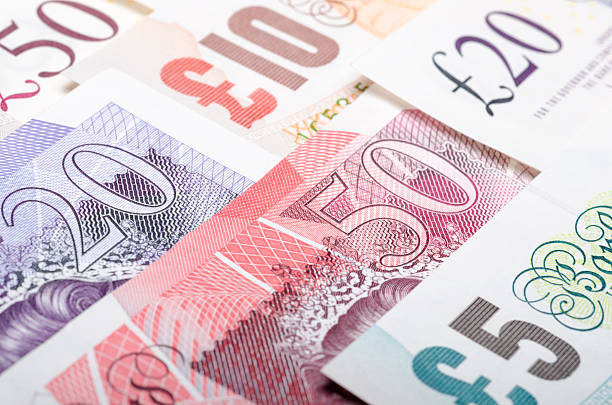Silver Price Analysis: XAG/USD plunges more than 3%, slumps beneath $31.00
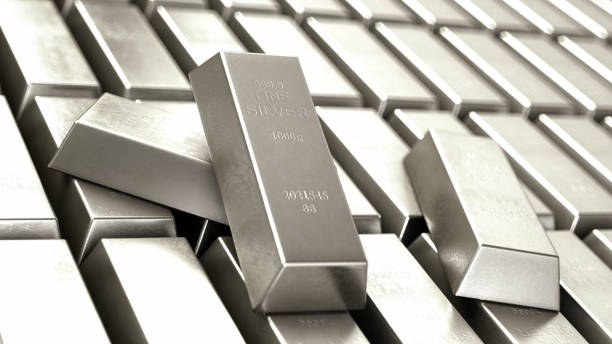
- Silver drops sharply, with a 3.13% decline from weekly highs, driven by profit-taking.
- Despite the fall, XAG/USD retains an upward bias, with support from the 50-day moving average at $30.12.
- Watch for potential bearish continuation below $30.00; resistance levels are at $31.00 and the July 11 peak of $31.75.
Silver prices tumbled from weekly highs hit on Tuesday at around $31.42 as traders took profits following a rally that lifted the grey metal’s prices more than 10% since the beginning of July. The XAG/USD trades at $30.28, down 3.13%.
XAG/USD Price Analysis: Technical outlook
Despite retreating, the XAG/USD is still upward biased, supported by the 50-day moving average (DMA) at $30.12, a level pierced during Wednesday’s session as Silver hit a daily low at $30.05.
From a momentum standpoint, sellers are gathering traction, with the Relative Strength Index (RSI) aiming lower yet remaining in bullish territory.
XAG/USD must clear the 50-DMA for a bearish continuation, followed by the $30.00 mark. If those two levels are surpassed, the next support would be the June 26 swing low of $28.57. On further weakness, Silver could fall to $28.00.
On the flip side, if buyers stepped in and pushed prices above $31.00, that could expose the July 11 peak at $31.75. Further gains lie overhead at $32.00.
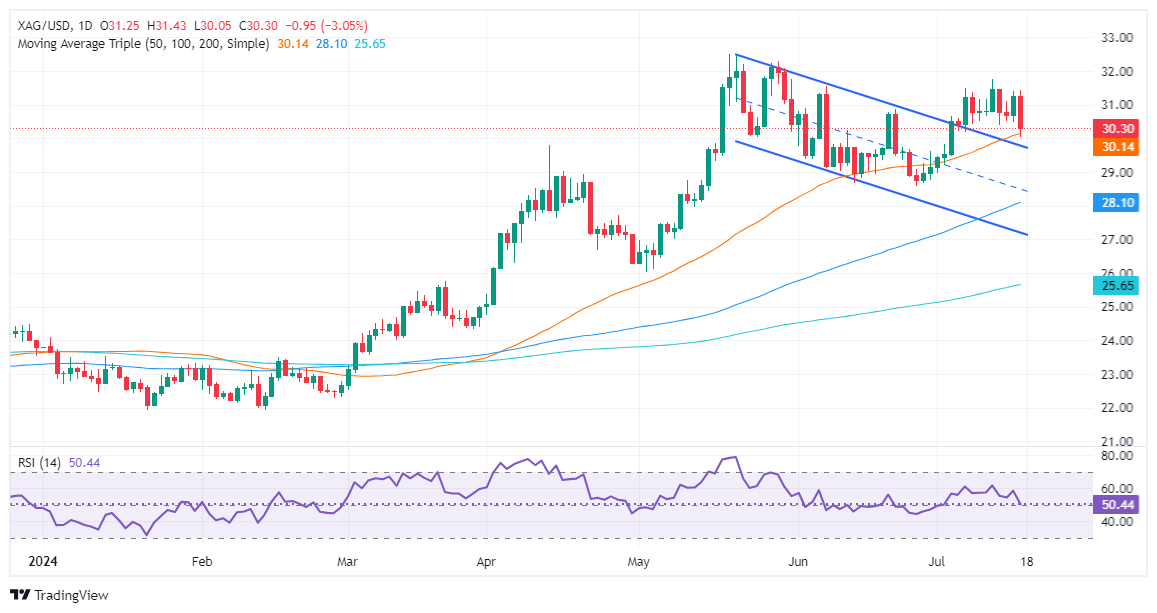
XAG/USD Price Action – Daily Chart
Silver FAQs
Why do people invest in Silver?
Silver is a precious metal highly traded among investors. It has been historically used as a store of value and a medium of exchange. Although less popular than Gold, traders may turn to Silver to diversify their investment portfolio, for its intrinsic value or as a potential hedge during high-inflation periods. Investors can buy physical Silver, in coins or in bars, or trade it through vehicles such as Exchange Traded Funds, which track its price on international markets.
Which factors influence Silver prices?
Silver prices can move due to a wide range of factors. Geopolitical instability or fears of a deep recession can make Silver price escalate due to its safe-haven status, although to a lesser extent than Gold's. As a yieldless asset, Silver tends to rise with lower interest rates. Its moves also depend on how the US Dollar (USD) behaves as the asset is priced in dollars (XAG/USD). A strong Dollar tends to keep the price of Silver at bay, whereas a weaker Dollar is likely to propel prices up. Other factors such as investment demand, mining supply – Silver is much more abundant than Gold – and recycling rates can also affect prices.
How does industrial demand affect Silver prices?
Silver is widely used in industry, particularly in sectors such as electronics or solar energy, as it has one of the highest electric conductivity of all metals – more than Copper and Gold. A surge in demand can increase prices, while a decline tends to lower them. Dynamics in the US, Chinese and Indian economies can also contribute to price swings: for the US and particularly China, their big industrial sectors use Silver in various processes; in India, consumers’ demand for the precious metal for jewellery also plays a key role in setting prices.
How do Silver prices react to Gold’s moves?
Silver prices tend to follow Gold's moves. When Gold prices rise, Silver typically follows suit, as their status as safe-haven assets is similar. The Gold/Silver ratio, which shows the number of ounces of Silver needed to equal the value of one ounce of Gold, may help to determine the relative valuation between both metals. Some investors may consider a high ratio as an indicator that Silver is undervalued, or Gold is overvalued. On the contrary, a low ratio might suggest that Gold is undervalued relative to Silver.


